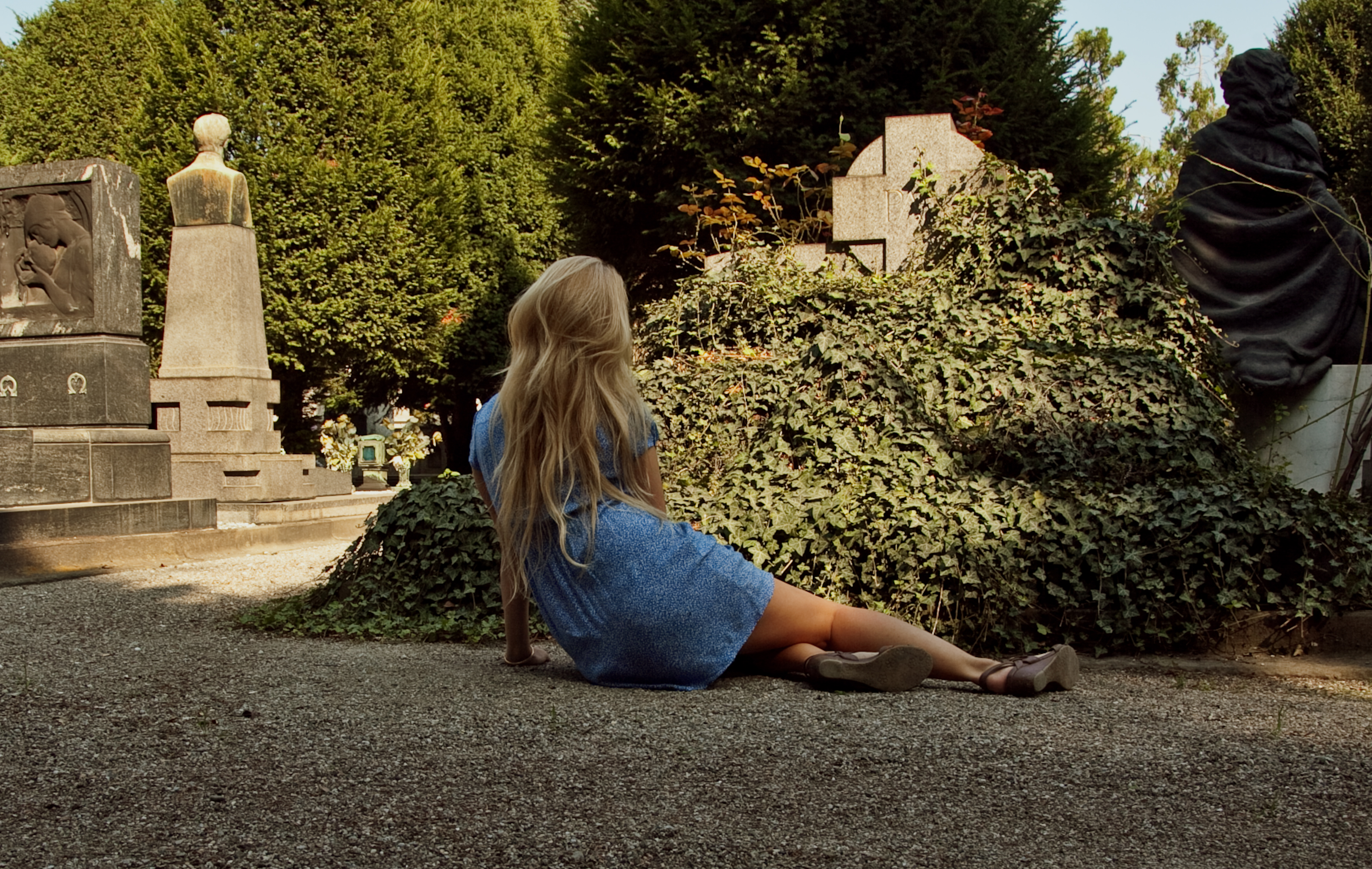By Heart For Good
> exhibition & book
“We consume other artists, and they become part of us - flesh and bone - only to be spewed out again in our own works.”
Siri Hustvedt
What remains in us from art? How much do we remember and do we recognize it in life? What impact does art (memory) actually have on our human experience and the way we recognize and give shape to the world? Do images of our memories blend into the artwork that we have seen and felt? Do artworks overlap in our mind and create new modified images and meanings?
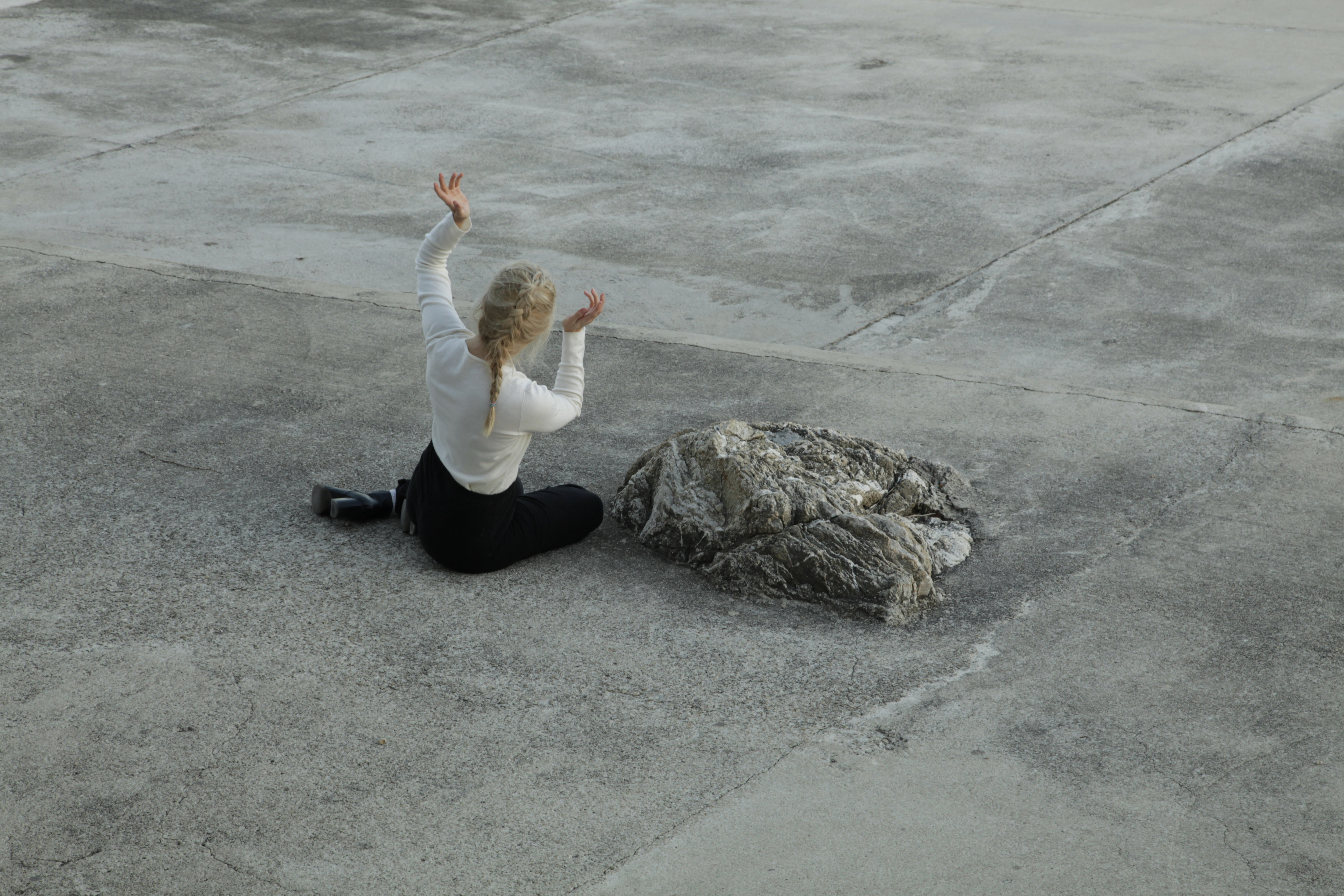
By Heart For Good - refers to all that is learnt and remembered from art and from our personal memory. The presence of the female body is the symbol that triggers the most classical content of art history. The female body lying down, the nude, the girl, the girl in nature, the woman with long hair, the woman waiting, the woman praying, etc.
During the production of the images, my body acts instinctively, the poses are taken from memory, reproduced with the memory of the heart, with the naturalness of knowing something without thought - because I know it well, I know it instinctively, maybe even without understanding it. What I am interested in evoking in myself and in others is that which you learn by seeing and absorb with time, that which you know without thinking and reproduce without effort.
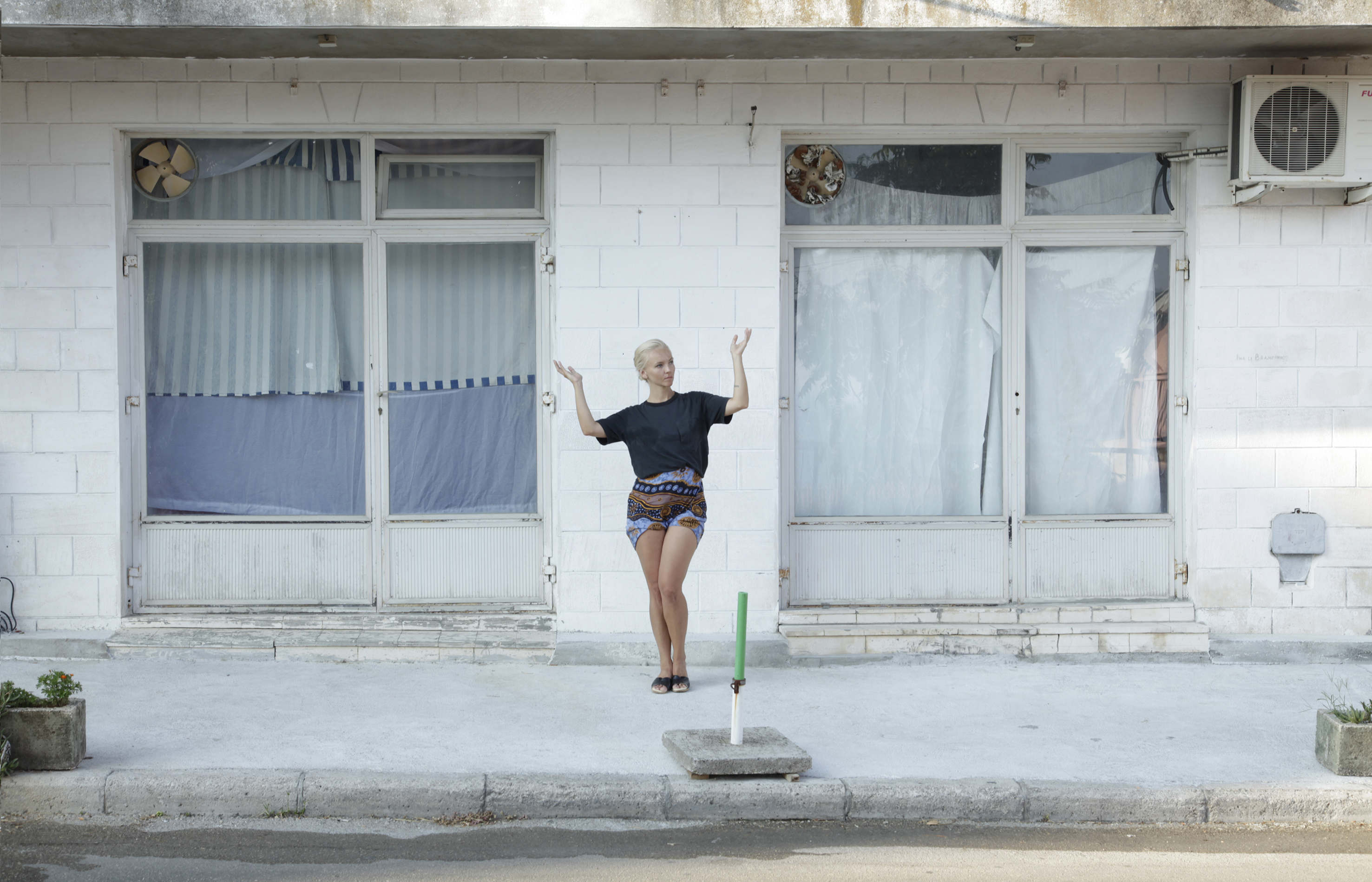
I wanted to produce images that could trigger a vast and complex archive of art that I had obsessively devoured for as long as I can remember. Art that had somehow moved me and stayed in me but also art that had silently inserted itself into my mind and became a forgotten source.
I have always looked to build a container, an excuse to relive and recreate the enormous amounts of artwork, visual and literal, that I had consumed over the years, something that could finally be a partial response of gratitude for what I had received visually and intellectually from art. An instrument, as Aby Warburg said with which I could “let the signs that I received come out of me”.

There are two parts of this work.
(1)
On a conscious level, I know what I know about art, but what I’m interested in is what I bring out on an unconscious level. The question is directed inwards.
While I produce the work, I am abandoned to what I instinctively remember, in what is triggered in my memory of art. It can be compared to moving to music, I am moving to a feeling and an instinct that is not verbal.
I act according to the composition and the opportunity that is given to me by the chosen landscape, the place plays a fundamental role in provoking poses and movements.
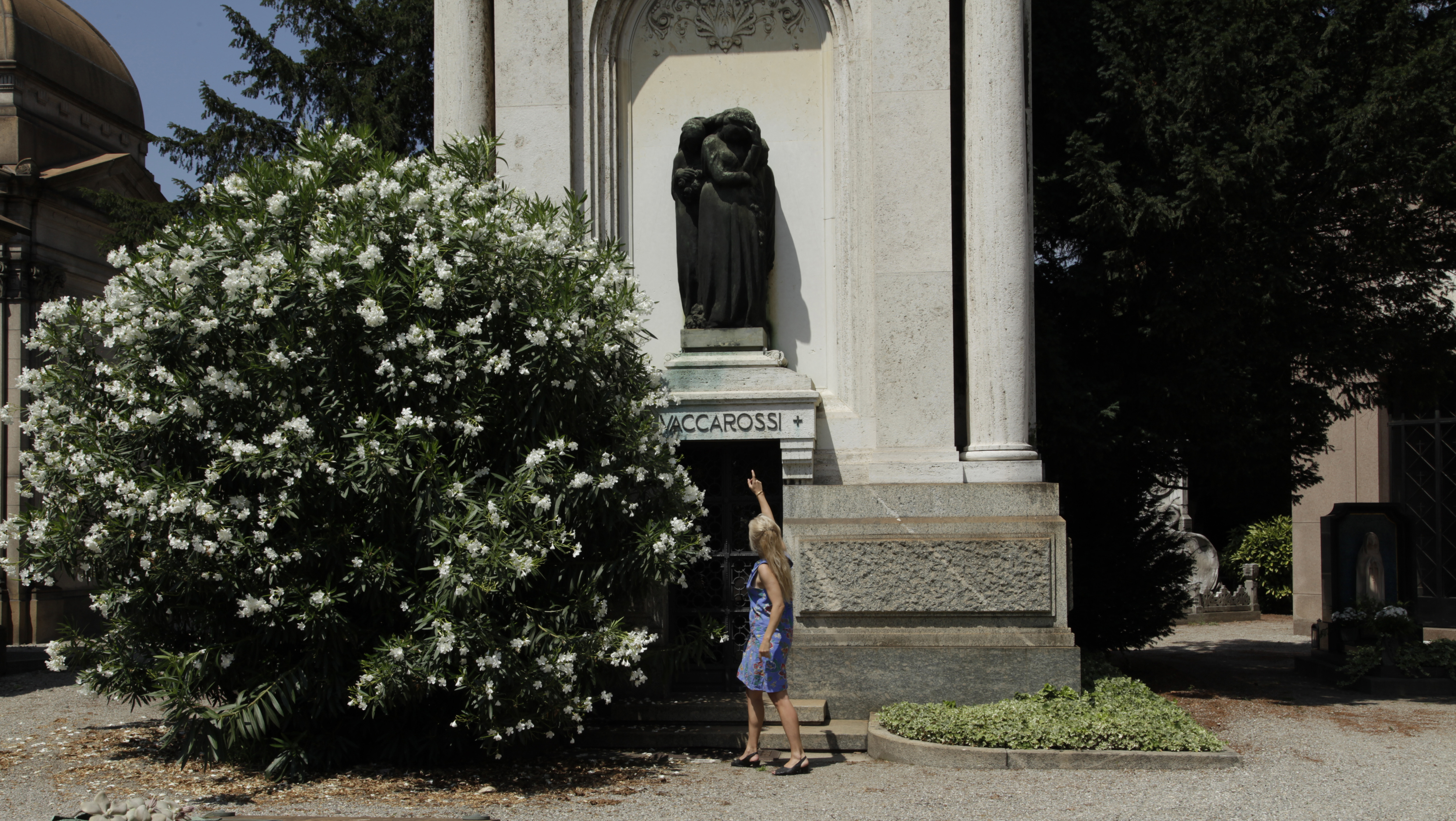
(2)
The second part of the work is recognizing the references that afloat after the image has been created, when the composition is complete - mostly on a conscious level.
What does this remind you of? Where did we learn this? Is it referred to other art? My own art? Other things in the world? It is however crucial to my work and my well being that these questions remain alive and ambiguous.
I want to bring forth a mechanism that all artwork triggers in the human mind. In her article “Remembering art”, Siri Hustvedt explores complex themes of time and memory through her understanding of both the humanities and the sciences, she brilliantly journeys into the human reaction and perception of art “when we look at a work of art, we are always remembering, even if we are not at all aware of the shaping memories that make our vision possible, but we are also always projecting from that past into an extended present and future.”

I never know where the image is taking us and I cannot guess the references and memories that may be triggered in others. Every perception is different and every perception contains personal material. Eugenio Bitetti, the curator of my solo show “A Few Prayers Ago”, often finds references to literary images, such as scenes from Dante’s La Divina commedia - which I have never read. I have, however, heard a lot about it. Friends have spoken to me about it extensively in various occasions over the past ten years.
Through repetition, I try to identify an alphabet of symbols and emotions that tend to re-emerge in the iconography of the images that I create. Playfulness, childhood, shooting from a gun, praying, reclining, taking an oath, hands on face, hands on sexual organs, hands on breasts, pointing.

Why am I the subject of this work?
I am present in each photograph as a woman, not as the artist. These images are not autobiographical, at least not in the conventional sense. Although, even if I have no ambition of expressing my inner turmoil or my personal life, the result might be so much more autobiographical and intimate because it is created through a deeper unconscious knowledge and feeling.
The initial reason for acting as the subject of the work is the form of communication that is only possible if my own body is the vehicle. My body acts upon my instinct without verbal communication. My visual memory gives orders, suggests a certain pose or shape to my conscious physical self (body). When I tell a model what to do, the verbal explanation forces me to choose references, for example, “put your hands up like a…” or, “soften your body like a … would” Only if I do not plan my work and if I act on intuition, do my subconscious influences come into play. I have to dream the vision.
The result of the work is formal. My body is sculpted into an image. I want the result to be a composition that contains “a woman” and not “the artist”. I have manipulated my personal aesthetic in order to resemble a classical female figure, long hair, soft hands.
“Sculpture is the body, and my body is the sculpture.”
Louise Bourgeois
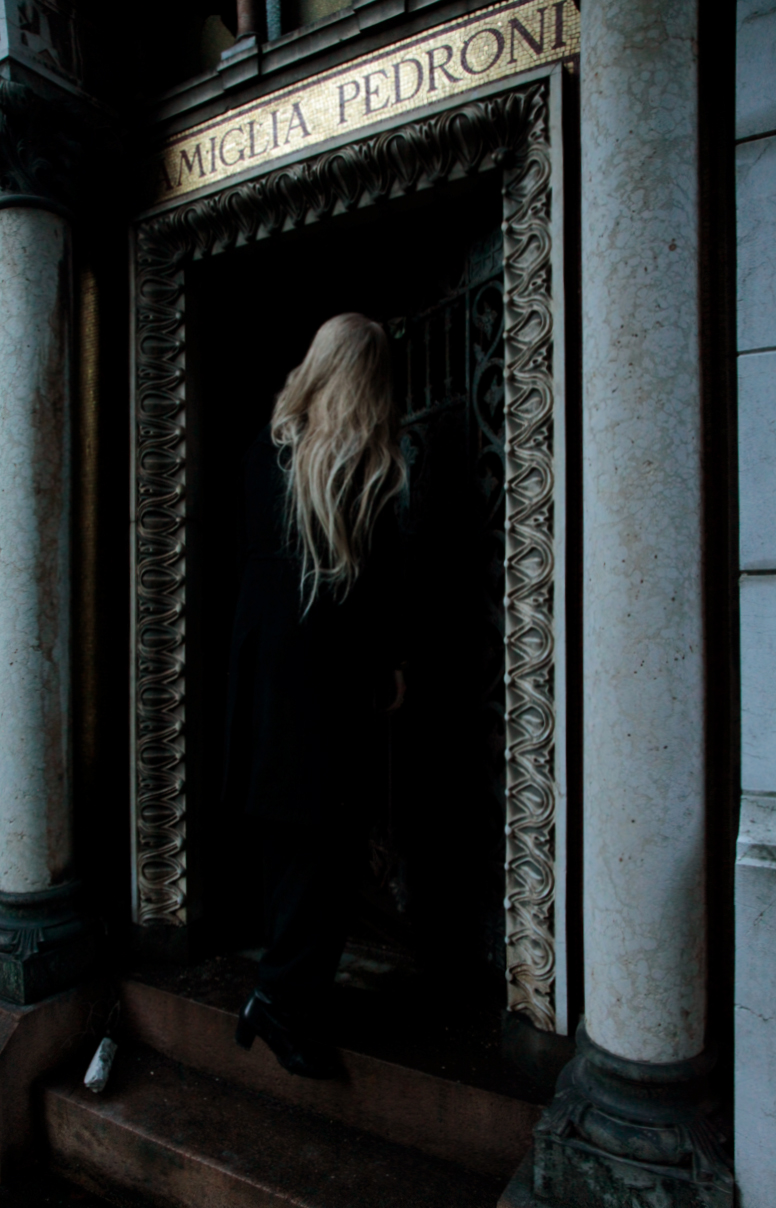
Vanity - The social permission
Not much has changed since Hannah Wilke’s S.O.S. Starification Object Series, to which even feminists reacted negatively because of her conventional beauty. Critics condemned Wilke for being narcissistic, and “... for confirming the conventional male gaze by using her own traditionally beautiful body as her subject”. Just like Wilke, I am repeatedly being told that the weakness of my work is in my vanity. To be completely honest, I was accused of vanity in my work long before I had ever appeared in it.
In order for an artist’s body to be accepted as “real” it must be ugly, strange or old.
Only stupid and superficial people can exalt their own beauty. If my presumed beauty were repeatedly immortalised by someone else, would the perspective shift completely? Would my beauty then be a brilliant discovery?
Had I been taking photographs of my daughter, like Irina Ionesco, or my sister, my mother, my lover, my wife, would my talent and intellect be less compromised? My unacceptable error is in recognizing it in myself. As John Berger pointed out “You painted a naked woman because you enjoyed looking at her, put a mirror in her hand and you called the painting “Vanity,” thus morally condemning the woman whose nakedness you had depicted for you own pleasure.”
As artwork, my young sexual body is convenient, but as an artist’s body, it’s inconvenient.
If it’s not the memory of art - Considering an autobiographical reading
In the eagerness for separating my autobiographical memory from the work, have I not only shortened the road to unveiling personal memories? Give a man a mask and he will tell you the truth? Has the memory of art served only as a vessel to bring out what I had suppressed from my childhood memories? Maybe what I think I am channelling is not the memory of art but fragments of my life, my childhood, embellished and blended into my memories of art, that being the formal language of what I have really been dreaming of.
As a young girl, I travelled extensively because of my father’s work. At first he was a Yugoslav diplomat, after the war he changed jobs but we continued to relocate. I spent most of my childhood and teenage life in the middle east which was only interrupted by a two-year stay in Warsaw, Poland and a much earlier period in Italy. Because my father had lost his embassy job during the war and because the international schools were so expensive, and we had no documents and no money, I went to an Indian school for a few years, in Kuwait, the Indian schools being the cheapest english speaking schools. These experiences have deeply formed my emotional and visual self. Despite what we know about arab and indian women, despite what is true about their repression, the women were always visually and emotionally central in my memories.
If indeed I am reciting things that i have seen and memorized, has my childhood not been exactly this pictorial and dramatic?
By Heart For Good seems to summon my acquired memory of art and my personal autobiographical memory. I pray that I will never fully understand what I so naturally manufacture.
